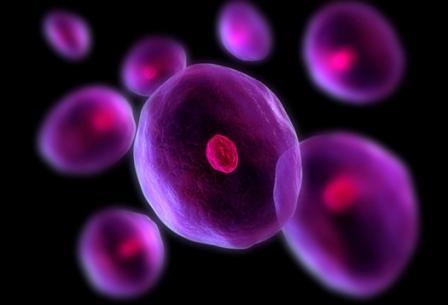Month: September 2017
-

Easing Transitions from Pediatric to Adult Care for Diabetes
Type 1 diabetes is a chronic condition that often emerges in childhood, and, as of yet, has no cure. Patients must learn to effectively manage their diabetes throughout all stages […]
-

Researchers Target Immune System for Potential Type 1 Diabetes Treatment
The immune system plays an important role in type 1 diabetes; after all, it is the immune system that destroys insulin-producing cells. When cells are damaged or destroyed, it decreases […]
-

How to Live a Healthy Life with Type 1 Diabetes
About Christel Christel is a Los Angeles based blogger, certified personal trainer, and diabetes advocate. She has been living with type 1 diabetes since 1997 and at an early stage […]
-

Exploring the Impact of Gut Bacteria on Type 1 Diabetes Risk
Over the years, researchers have significantly improved their understanding of type 1 diabetes, but there are still many questions left unanswered. They still do not understand exactly why some people […]
-

Younger Scientists Gain More Support for Research Grants
The National Institutes of Health (NIH) is incredibly well-known for its grant offerings to support innovative research. Over the years, it has funded millions of dollars’ worth of research […]
-

11-year-old Pounds the Pavement for Type 1 Diabetes Research
Although our understanding of type 1 diabetes has improved greatly over the years, it is still a condition with no known cure. Individuals must still monitor their blood sugar day […]
-

Tips and Tricks for Managing Diabetes
Managing type 1 diabetes can be tricky. Everyone’s body is different and responds differently to certain types of activity and treatment. That is why it is so important to be […]
-

Is the Secret to Stopping Type 1 Diabetes in Your Gut?
Type 1 diabetes can be a challenging condition to manage. Because the body destroys insulin-producing beta cells, patients require regular blood glucose monitoring and use of insulin injections to stabilize […]
-

Cell Encapsulation Shows Potential for Treating Type 1 Diabetes
One of the challenges of treating type 1 diabetes is developing a process that will stimulate insulin production without triggering the body’s immune system to attack these cells. Many potential […]
